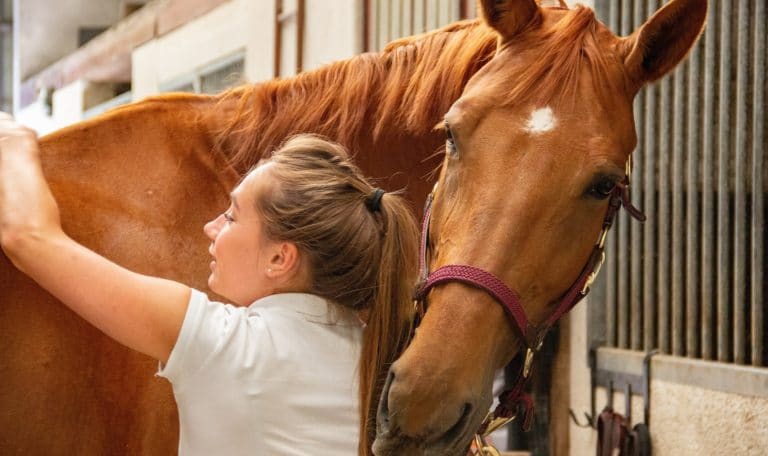One of the unique features of our Issaquah, Washington campus is its adjacency to the Cougar Mountain Zoo, making it the first school for children with autism in the country that has a zoo on campus. The relationship between animals and individuals on the autism spectrum is one that has been extensively studied. Join us as we explore the many benefits and the ground-breaking ways Gersh programs incorporate this practice.
Jose M.
As a parent of an autistic child, I can say that the care and dedication that teachers and staff give to their students is immeasurable. You can see it in the way my son looks forward to going to school every day, and in the growth and progress he has continuously shown throughout the years. Gersh really knows not only how to educate autistic children, but also acknowledge the personalities of each child, and embraces all facets of the student, showing and providing great care, patience, support and understanding for students and their families.
Brit A.
Every child needs only one person to believe in him. In Gersh, the entire team believes. They will find that one spark through positive reinforcement and this child will have confidence. My daughter entered Gersh when she was 10 years old. She did not know how to read. She now reads chapter books.
Jane R.
“Our daughter did not want to go school before Gersh, she was absent a lot. Within the first few months she developed a nice feeling of trust with the staff where she was very willing to go to school. They don’t reprimand or use a reward system they are all just warm and understanding which is what she needs and I think every child needs. Intellectually I see her flourishing because she is much less anxious so she’s able to concentrate better. We feel very fortunate to have found a nice safe, warm, inviting atmosphere for our daughter.”
Anthony M.
“At Gersh we feel like we are among family, like we are at home. We know that our son is comfortable, it is a very nurturing place. Academically he is flourishing and socially he is much more outgoing; more comfortable in his own skin and his surroundings. Since coming to Gersh he is more verbal. He used to give us one word answers and now he tells us what’s going on.”
Donna B.
“The teachers are great, they are able to customize the lessons towards the students strengths. There’s nothing better than seeing the excitement in the air, the smiles, creativeness and teamwork. Gersh gives the gift that keeps giving, “ENDLESS ADVENTURES.”
Jose R.
“You guys rock! I can’t imagine my son attending any other school. Thank you for everything” – Jose R.

